To study the Way is to study the self
To study the self is to forget the self
To forget the self is to be enlightened by all things
To be enlightened by all things is to remove the barriers between one’s self and others.
(Dogen, Shobogenzo)
Why is training required if we are inherently enlightened?
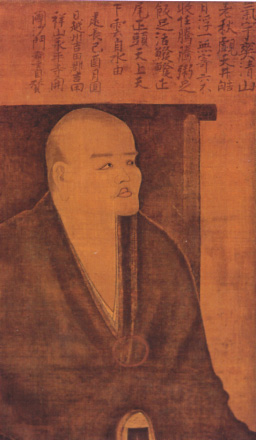
Dogen (1200-1253) is the co-founder with Keizan, of the Soto Zen School, one of the two main Zen schools in Japan, the other being the Rinzai school founded by Eisai. Since the publication of a study of his philosophical writings by 20th century Japanese philosopher Watsuji Tetsuro, Dogen has been regarded as the greatest philosopher in ancient Japan. As such, he is well-known for having launched his philosophical inquiry with the question: “Why is training required if we are inherently enlightened?”
The influential Tathagata-garbha school had taught that all of us had within ourselves the potential to become awakened, but this potential was only a seed (garbha actually means womb or foetus), which had to be developed through training. Many Buddhist schools in China and Japan had incorporated this teaching, but a question remained about the sort of training required to “actualise” this inherent awakening (Jap hongaku) into a full awakening, shikaku, which Thomas P. Kasulis translates as “initialized awakening.” There had been a sense in Chinese Buddhism that all that was really required was to “uncover” one’s inherently awakened nature.
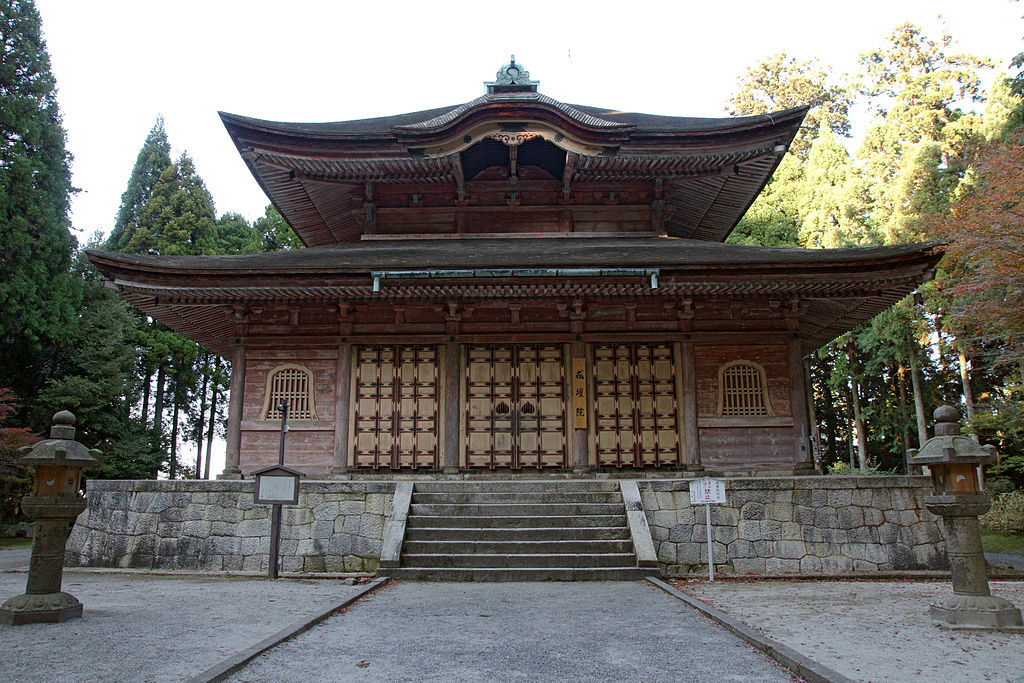
The Tendai teachings offered by the Mt Hiei Tendai monastery, which Dogen had entered at an early age, ultimately failed to provide him with a satisfactory solution to what appeared to him as a contradiction: In 1217, Dogen met Myozen at Kennin-ji monastery, which had been founded by Eisai. Also originally a Tendai monk, Eisai had made two trips to China to learn about the practices used in the Ch’an tradition. Following Eisai’s death in 1215, Myozen had become the abbot of Kennin-ji, and Dogen became his disciple. The two shared the same longing to follow on Eisai’s footsteps, and in 1223, Myozen invited Dogen to accompany him to China.
Dogen’s “dropping off body and mind”
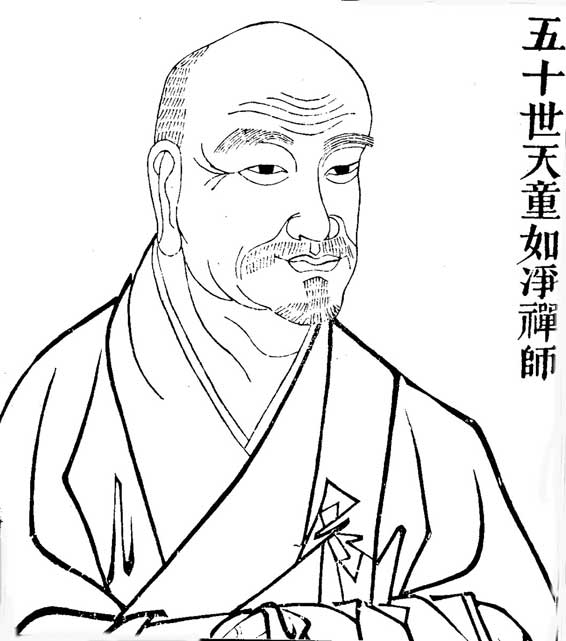
The Chinese Ch’an school was actually in decline during the Song Dynasty, and Dogen is said to have been rather disappointed by the teachings and level of discipline in the monasteries he visited. He, however, came to meet Soto Zen Master Rujing, abbot of Mt Tiantong monastery, who emphasized zazen (meditation) as the core practice. The story goes that, during one zazen period, a monk next to Dogen fell asleep, and Rujin came behind him shouting “in zazen the body and mind drop away.” It is said that Dogen then experienced an awakening, and this is how Dogen came to refer to awakening as “body and mind dropping off” (shinjin datsuraku). To be honest, the historicity of this narrative has been recently contested. Shohaku Okumura says that two Japanese scholars now believe that Keizan, one of Dogen’s closest disciples and second founder of the Soto school, invented the story. Dogen himself did not write about such an enlightenment experience, and, as it implies the concept of a practice leading to awakening, it contradicts Dogen’s teaching about practice itself being awakening.
Shikantaza – just sitting
After two years of apprenticeship with Rujing, Dogen returned to Japan, convinced that zazen was the “foundation of all Buddhist praxis,” not just one among the the eight practices as listed by the Buddha in the Noble Eightfold Path. Kasulis also notes that “like most other major Kamakura-period thinkers, Dogen was intent on selecting the one practice that opens to the benefits of all practices.” According to the well-known verses attributed to Bodhidharma, the Zen school describes itself as “a special transmission outside the scriptures … by pointing directly to [one’s] mind.” Such “pointing to one’s mind” had already given meditation a much enhanced role in the practice, but Dogen came to see the particular zazen practice taught by Rujing as in itself a realisation of enlightenment. Whereas Eisai had put zazen at the service of koan practice, Dogen’s shikantaza – just sitting – was as such the whole practice, as far as pointing to the mind was concerned. With regards to life away from the cushion, Soto monks, as all monks in the history of Buddhism, were required to abide by the precepts and a strict daily routine.
On the practical side, the practice of sitting cross-legged with a straight back, keeping one’s eyes half-opened, and breathing calmly, goes back to the Buddha himself. Overtime, instructions about how to deal with thoughts, and what sort of result was to be achieved, had given rise to a variety of techniques. In the Buddha’s time meditation appears to have been an exercise in concentration to attain higher levels of consciousness, called jhanas. Thoughts were seen as unwanted disturbances, and had to be kept in check. One would then expect to achieve “insights” into the nature of ultimate reality. Shikantaza was a new form of meditation originally called “Silent Illumination” or “Serene Reflection,” that had become the hallmark of the Chinese Caodong school of Ch’an (Zen), to which Rujing belonged. Kasulis writes that it is as he worked out the details of shikantaza as a practice that Dogen found the “metapractical justification for his exclusive emphasis on zazen as “just sitting” (shikantaza).”
Okumura explains that “in Japanese the expression shikan means ‘just do it’, without the thought ‘I don’t like samsara so I’m practicing to reach nirvana in the future.’ Such goal-oriented thinking is just a story we create … We do nothing but sit with the whole body and mind.” He points out that it is actually a very “unique practice,” unlike any other in the Buddhist tradition. There is no counting or watching the breath, no concentration of the mind on an object. “We just are as we are, that’s all … we simply sit without doing anything.”
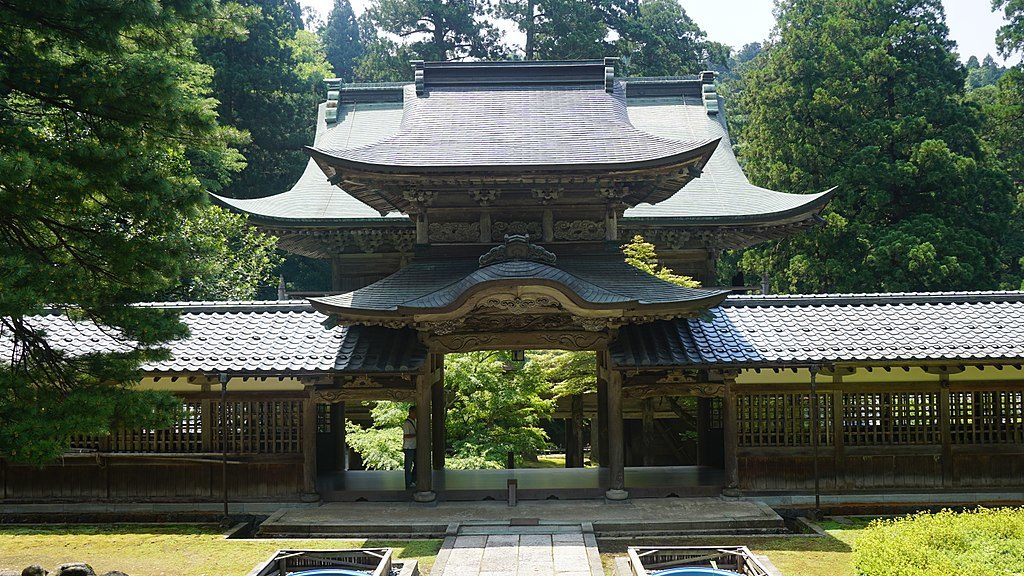
Though Kasulis does not mention it, this not-doing and not-thinking bring to mind the Daoist wu-wei, non-coercive action, and wu-xin, unmediated thinking. Daoism prefers to use the words “non-doing” and “non-thinking,” because “not-doing” and “not-thinking” imply an act of will to block actions or thoughts. Within the Zen tradition, Dogen saw non-thinking as “without-thinking” which was the answer to a well-known provocative koan which asked “How do you think of not-thinking.” The answer was said to be “without thinking.”
Shobogen, the eye for the truth
When shikantaza is referred to as “just sitting,” what is meant is that it is sitting without either deliberately thinking or trying not to think. Since knowledge of any “thing” is based on concepts, shizantaza cannot yield knowledge as it cannot conceptualise. It can, however, “give us what we need to be able to see the truth, what Zen sometimes calls the “eye for the truth” (shobogen)”(Kasulis). Hence the title of Dogen’s best known work, the Shobogenzo – The Repository of the Eye for the Truth.
Now, what does the “eye for the truth” see? That, in the absence of deliberate thinking, it does not see the conceptual world which reflective consciousness organises into a narrative, does not mean that it sees nothing at all. “Although devoid of meaning, without-thinking does not experience a simple void. Only not-thinking generates in consciousness a pure void, a complete vacuity, a pervasive nonexistence. Without-thinking, by contrast, is immersed in a presence, but a presence without verbal identification. As the idea of inherent awakening suggests, things are accessible “just as they are” or, to use the more technical terminology, they are “thusness” or “suchness” or “as-ness” (Kasulis).
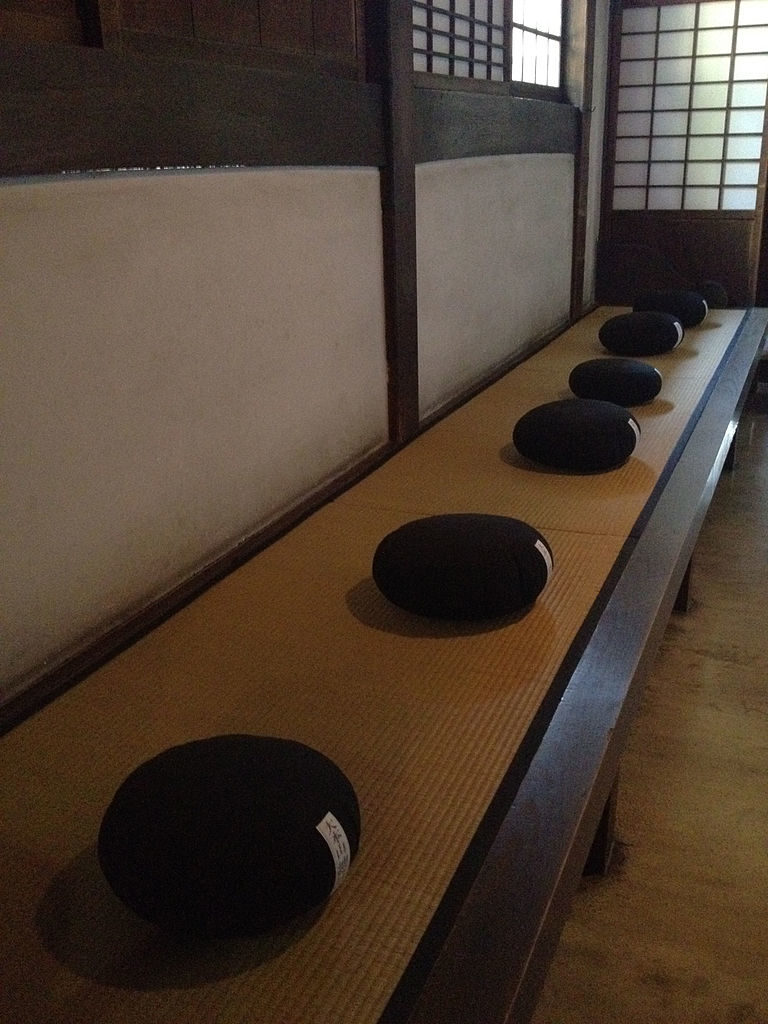
Okumura is very precise in his description of how one is to practice without-thinking. “Just as the function of a thyroid gland is to secrete hormones, the function of a brain is to secrete thoughts, so thoughts well up in the mind moment by moment. Yet our practice in zazen is to refrain from doing anything with these thoughts; we just let everything come up freely and we let everything go freely. We don’t grasp anything; we don’t try to control anything. We just sit.” He also adds that it is a “very simple practice,” but it is also a “very deep” practice, and not an “easy” one. In such a practice, “we let go of the individual karmic self,” that which constructs the narrative, and allow “the true self, the self that is one with the entire universe [to] ‘manifest’.” This is the “presencing” referred to as genjokoan, “the presencing of things as they are.”
Genjokoan – the presencing of things as they are
Genjo means “to be complete in its presence” and alludes to a world in its “aboriginal sensible muchness” (William James) before it is impoverished by the grid of concepts we superimpose on it to serve both practical issues as well as our existential need for solidity and identity. Dogen describes this complete presencing as one in which “each phenomenon fully exhausts itself in its self-presentation.” It is “as it is, how it is, without the involvement of human purpose or preference” (Kasulis). It can also be described as being “on its home-ground” (Nishitani, Keiji), rather than ours.
Dogen’s practice of “just sitting” was meant to allow “something akin to a “stream of awareness” in sync with the stream of ever-changing phenomena … and “a form of full engagement in which self and reality overlap and (ideally) fully interpenetrate” (Kasulis).
The oneness of training and enlightenment
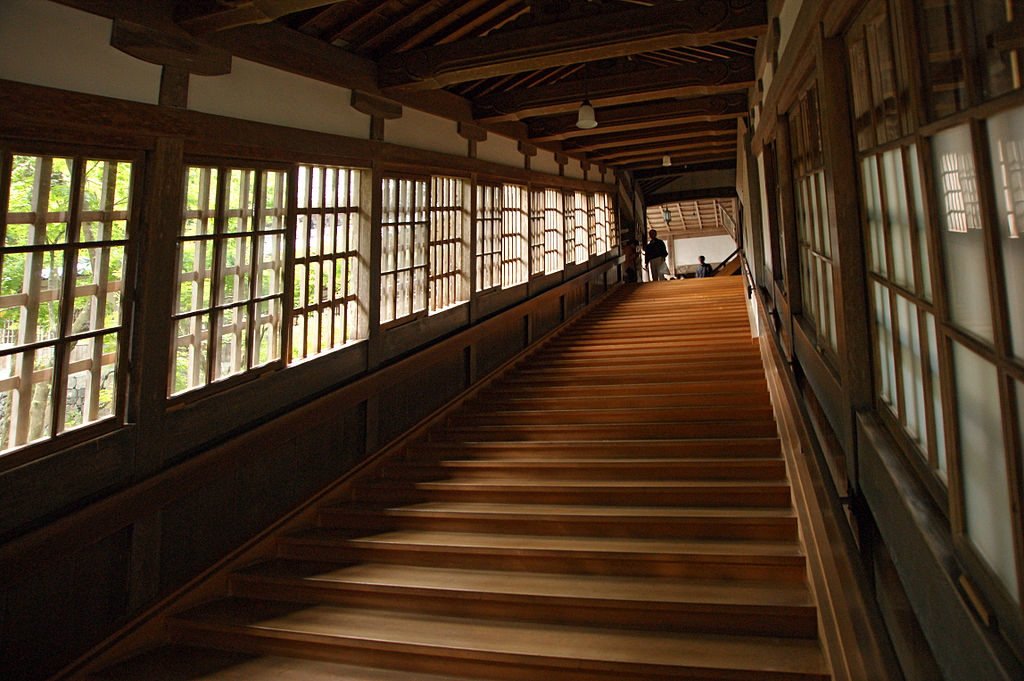
The practice of just sitting provided Dogen with an answer to the burning question that had led him to China. Why was training necessary if one was already awakened? Sitting without thinking actualises the presencing that takes place in awakening. The Soto Zen monastic schedule includes long periods of shikantaza – sitting and walking – and a daily routine that helps foster a non-thinking frame of mind throughout everyday duties. For lay practitioners, a short sitting once or twice a day is certainly helpful, but an intensive retreat (sesshin) with something like six hours of sitting per day is usually required to experience for oneself how transformative shikantaza can be.
Practice as engagement
Dogen’s apparent rejection of the conceptual narrative which has allowed generations of humans to make sense of the world, and relate to it, could be misinterpretated as an invitation to live away from society, and abstain from taking part in its socio-political life. The Buddha’s withdrawal into the forest, and the key role played by monastics in the development of Buddhism has given rise to similar misunderstandings. Mahayana had been keen to turn Buddhism into a practice open to all, including the lay population. As Francis H. Cook notes, Dogen was very serious about the bodhisattva ideal and emphasised that awakening was to be sought for the purpose of helping others, not merely to secure peace of mind in the tranquil surroundings of a monastery. Dogen’s view of engagement is not, however, what we have come to call “engagement,” as defined by the intellectuals describing themselves as “engaged.” Engagement for Dogen goes beyond political activism, and can be defined as an opening up to the phenomenal world, allowing it to shape our minds, instead of trying to convey ourselves onto it, that is, to impose our ego-centred – in fact, anthropocentric – self-serving meanings onto it. Dogen’s core teaching can be encapsulated in the following formula:
“To practice-authenticate the totality of phenomena by conveying yourself to them – that’s delusion.
To practice-authenticate yourself by letting the totality of phenomena come forth – that’s realization.”
Kasulis explains that “to practice-authenticate” is the translation of the Japanese shusho, shu meaning self-cultivation or praxis, in this case the practice of just sitting, and sho meaning authenticating, witnessing or verifying. Okumura translates shusho as “practice-enlightenment.” Masao Abe’s simpler translation is “to practice and confirm all things.” Just sitting by itself authenticates, or actualises, or real-ises through our consciousness the way things are, including the way we are.
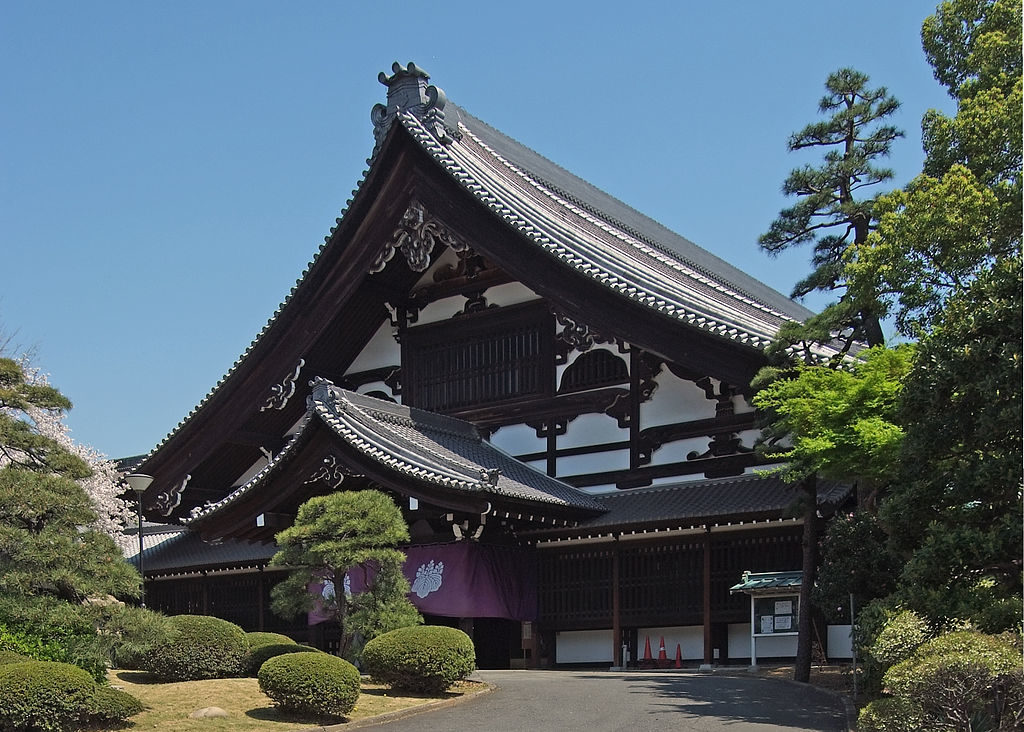
In the mode of conveying oneself to phenomena, “one thinks of oneself as someone who goes out into the world to confirm what is real. This form of knowing by a detached observer akin to the method of an ordinary empiricist or scientist. The other mode, the one Dogen associates with realization, is someone whose identity is inseparable from the presencing phenomena … It is a difference between understanding yourself as a person who has experience and as a person who is experience. In the enlightened paradigm … one understands self and world as interpenetrating aspects of a single process (Kasulis).
In Okumura’s more concrete words, “it is not I who practice, but rather Buddha carries out Buddha’s practice through me. In our zazen practice and in our daily activity of bodhisattva practice, it is not a matter of individual actions based on individual willpower and effort. It is rather the myriad dharmas, or all beings, that carry out practice through our individual bodies and minds.”
The above formula is but a more technical formulation of Dogen’s better known verses:
“To study the Way is to study the self
To study the self is to forget the self
To forget the self is to be enlightened by all things
To be enlightened by all things is to remove the barriers between one’s self and others.”
Nishida expressed the same idea when he wrote: “The self is to be understood as existing in that dynamic dimension wherein each existential act of consciousness, as a self-expressive determination of the world, simultaneously reflects the world’s self-expression within itself and forms itself through its own self-expression.”
What I formerly saw as “my” little self, dwarfed by a world that I see as a threat I need to confront and control, has become an infinite self embracing all things, and I am now content to allow these things to be “as they are,” “on their home-ground.” Going beyond Dogen to reflect the preoccupations of the 20th century, Nishida argues that within that embrace where the true self now emerges, a new ability to use critical thinking also arises, as I can see the gap between things as they are, and the way they are presented in the biased narratives humans have elaborated over the past millennia. Not that, as Yuval Noah Harari points out, narratives can be dispensed with, but they must be, as it were, updated, examined critically through a reconnection with “things as they are.” We are then called to “serenely reflect” all things as their presencing constitutes the “eye for the truth,” also called the standpoint of no-self, or the standpoint of emptiness, from which we can at each moment reconstruct our common narratives. Each of us can thus contribute to a co-determination of reality where the flourishing of the whole – humans as well as the planet itself – is at the same time the expression of our awakening as individuals.
Sources
Thomas P. Kasulis – Engaging Japanese Philosophy (2018)
Shohaku Okumura – Realizing Genjokoan, The Key to Dogen’s Shobogenzo (2010)
Nishitani Keiji – Religion and Nothingness (1982)
Francis H. Cook – “Dogen’s View of Authentic Selfhood and its Socio-ethical Implications” in William R. LaFleur (Editor) – Dogen Studies (1985)
Masao Abe – A Study of Dogen, his Philosophy and Religion (1992)
Nishida Kitaro – “The Logic of the Place of Nothingness and the Religious Worldview” in Last Writings (1987)
